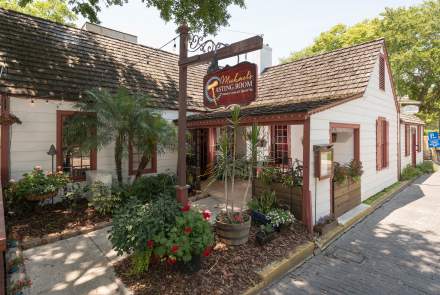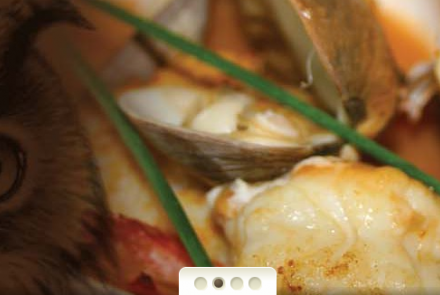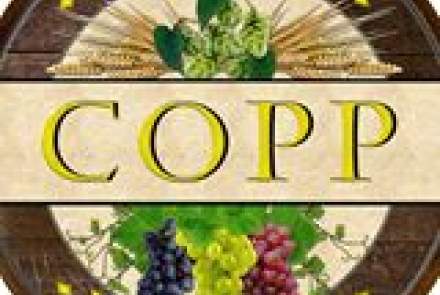The Florida wine region is a unique and emerging area in the United States' wine landscape. Unlike traditional wine regions, Florida's climate poses distinct challenges and opportunities for viticulture. The state's warm and humid subtropical climate is not ideal for growing classic European grape varieties like Cabernet Sauvignon or Chardonnay. Instead, Florida winemakers often focus on hybrid grapes and native varieties that are more suited to the environment.
One of the most notable grape varieties in Florida is the Muscadine, known for its thick skin and resistance to pests and diseases. Muscadine grapes thrive in the hot and humid conditions and are used to produce a range of wines, from sweet to dry. Another variety that has found success in Florida is the Blanc Du Bois, a hybrid grape that produces aromatic white wines.
Florida's wine industry is also characterized by its innovation and experimentation. Many wineries incorporate tropical fruits such as oranges, key limes, and mangoes into their wines, creating unique flavors that reflect the state's agricultural diversity. This approach not only highlights local produce but also appeals to tourists seeking distinctive tasting experiences.
The wine region is spread across the state, with clusters of wineries in areas like the Panhandle, Central Florida, and the Gulf Coast. Each area offers different terroirs and microclimates, contributing to the diversity of wine styles produced. Wine tourism is growing, with many wineries offering tours, tastings, and events that showcase the local wine culture.
Overall, the Florida wine region is a testament to adaptability and creativity in winemaking, offering a refreshing departure from more traditional wine regions.































